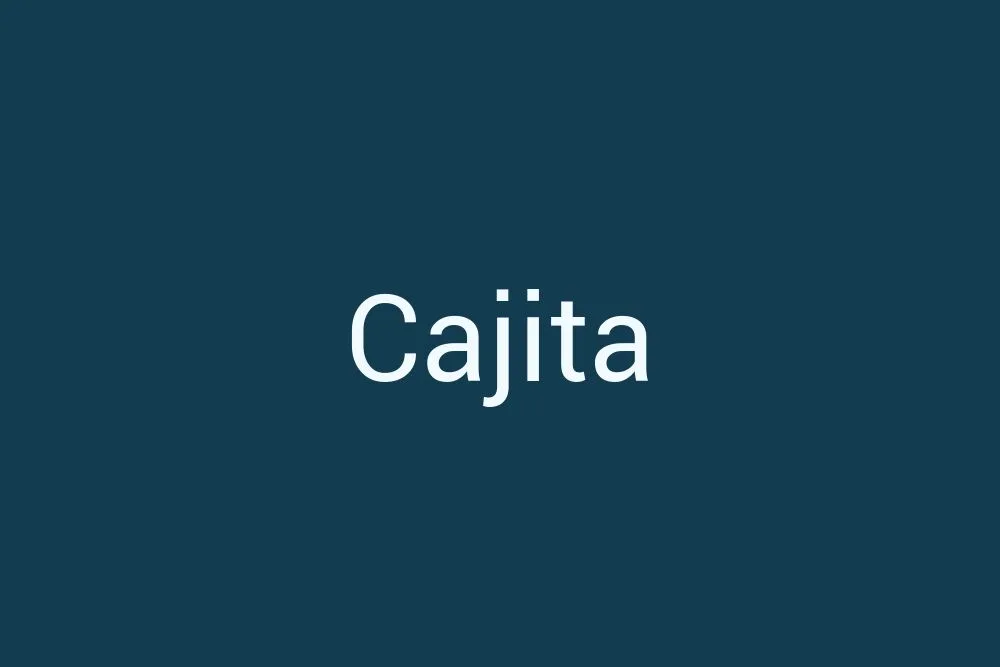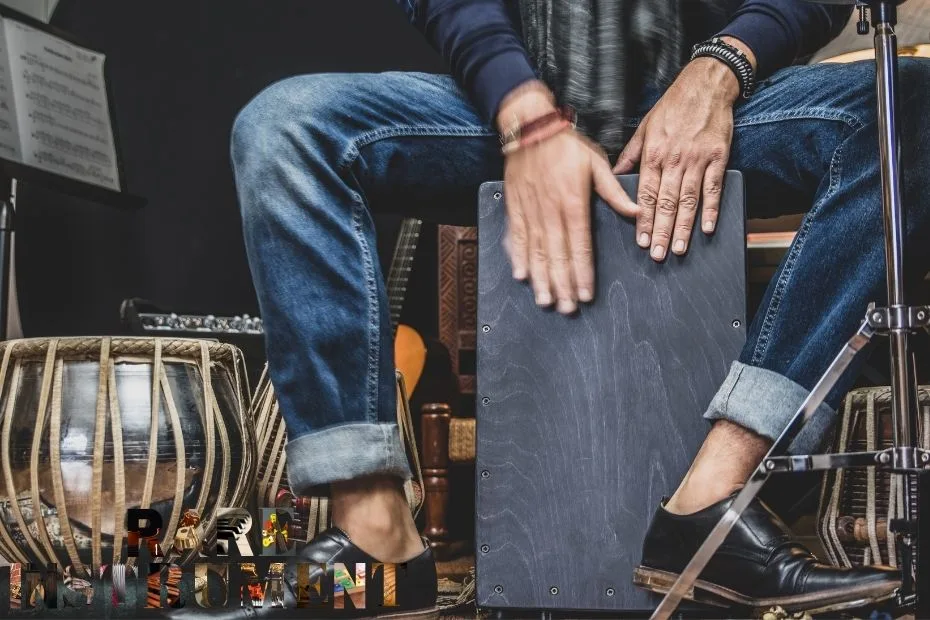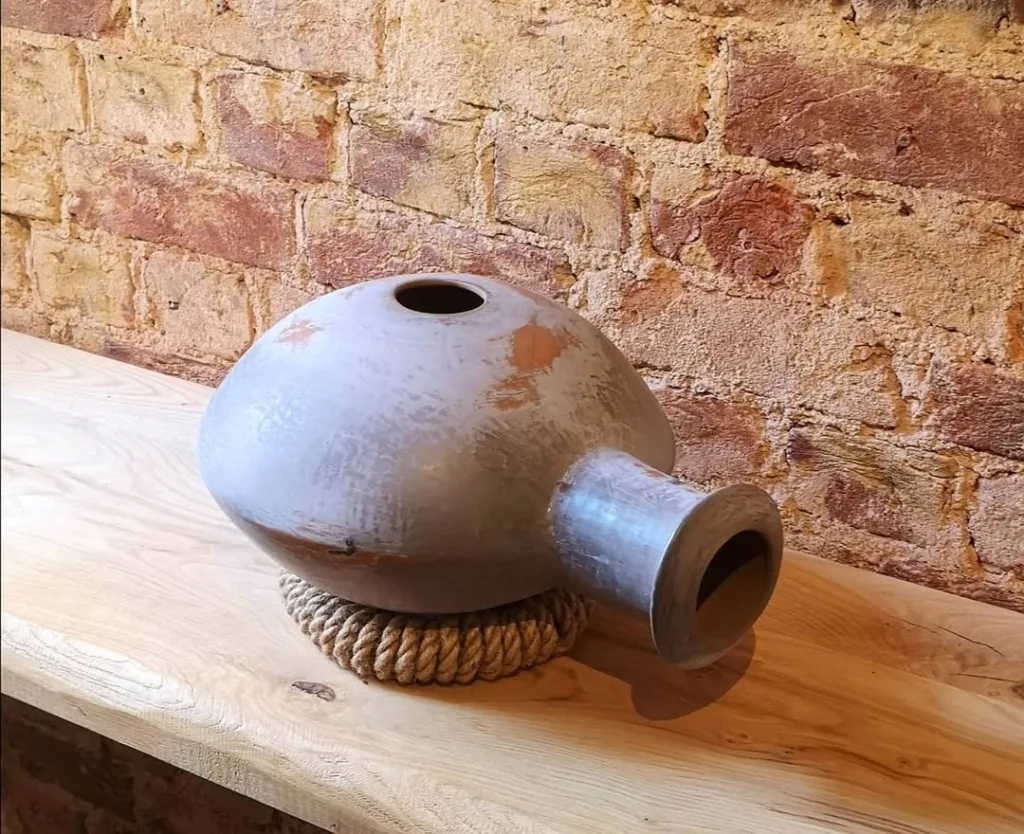The cajita is a deceptively simple, rhythmically rich box from Peru that has powered Afro‑Peruvian music for generations. Originally an alms box used in churches, this small wooden instrument evolved into a vibrant voice in styles like festejo, landó, and marinera. If you’re exploring world percussion or searching for a compact, expressive instrument with a unique sound, the cajita peruana deserves a front-row spot in your setup.
| Feature | Details |
|---|---|
| Origin | Peru (Afro‑Peruvian coastal tradition) |
| Construction | Small wooden box with hinged lid and latch; played with one stick and the free hand |
| Typical Size | 10–15 cm (4–6 in) per side; compact and portable |
| Primary Sounds | Closed click, open pop (lid), box knock (shell), muted slap |
| Playing Method | Alternate opening/closing the lid while striking with a stick and hand to create interlocking patterns |
| Ensemble Role | Timekeeping and embellishment with cajón, guitar, and vocals |
| Skill Level | Beginner‑friendly basics; advanced coordination for traditional grooves |
| Price Range | Budget: $40–$70 | Artisan: $80–$180+ |
| Related Instruments | cajón, quijada (donkey jawbone), cencerro (cowbell) |
What Is a Cajita?
The cajita is a small, hollow wooden box with a hinged lid that acts like a second striking surface. Players wear it with a strap or hold it in one hand, striking the lid and sides with a short stick while opening and closing the lid to produce rhythmic clicks, pops, and knocks. This creates an interlocking texture that can drive an ensemble or add sparkling, syncopated color on top of a groove.
Origins and Cultural Context
Born from the creative spirit of Afro‑Peruvian communities on Peru’s coast, the cajita’s roots are often traced to church alms boxes repurposed for music after services. Over time, makers refined the design for better projection and playability. You’ll hear cajita in festejo (festive, upbeat), landó (slow, heavy groove), and marinera (elegant, dance‑based), typically paired with cajón, guitar, bass, palmas (handclaps), and vocals.
How the Cajita Is Built
- Woods: Common choices include cedar, mahogany, and walnut. Denser woods yield clearer, brighter clicks; lighter woods feel airy and warm.
- Hinge & Latch: A smooth hinge gives stable lid travel. A simple latch can change the resonance when partially engaged.
- Dimensions: Many players favor 12–14 cm (about 5 in) per side for a balance of projection and control. Smaller (10–11 cm) emphasizes a crisp, high click; larger (15–17 cm) offers rounder, deeper knocks.
- Finish: Oil or wax finishes preserve the wood’s feel and tone; thick varnish can dampen sensitivity.
- Strap: A shoulder strap frees your non‑stick hand to open/close the lid and add muted slaps.
How to Play the Cajita
Core Sound Palette
- Closed click (stick on tightly shut lid) — crisp timekeeping sound.
- Open pop (stick as the lid opens) — brighter resonance, perfect for accents.
- Shell knock (stick on side panel) — woody, midrange “talk.”
- Muted slap (free hand dampens or taps the lid) — soft ghost notes and textures.
Starter Pattern (4/4, Festejo‑style)
Think of two voices: the lid and the shell. Keep a steady closed click on beats 1 and 3, and alternate open pops on “&” upbeats.
- Beat 1: Closed click (lid shut)
- “&” of 1: Open pop (crack lid as you strike)
- Beat 2: Shell knock
- “&” of 2: Muted slap with the free hand
- Beat 3: Closed click
- “&” of 3: Open pop
- Beat 4: Shell knock + light muted slap
Practice very slowly. The magic of cajita is the coordination between opening/closing the lid and your stick strokes—like a mini hi‑hat you can shape in real time.
Technique Tips
- Grip: Hold the stick loosely for rebound; choke up for precision.
- Lid motion: Use the thumb of your free hand as a “hinge controller,” not just on/off. Partial openings create nuanced tones.
- Dynamics: Play ghost notes near the edge; move toward the center for accents.
- Metronome practice: Start at 60–70 BPM, focusing on clean open/closed alternation.
What Does a Cajita Sound Like in an Ensemble?
In a group, the cajita acts like a hybrid of hi‑hat and woodblock—steady pulse with lively syncopation. With a cajón, it outlines subdivisions and adds articulation to the groove. In landó, slower, darker tones shine; in festejo, bright open pops cut through guitars and palmas.
Cajita vs. Cajón vs. Cowbell
- Cajita: Clicks and pops; compact; emphasizes rhythmic color and interplay.
- Cajón: Full drum voice (bass, tones, slaps); foundational groove and dynamics.
- Cencerro (cowbell): Metallic projection; straight time patterns; less timbral nuance than cajita.
For many Afro‑Peruvian setups, cajita + cajón is the ideal pairing: body and warmth from the cajón, definition and sparkle from the cajita.
Buying Guide: What to Look For
- Size & comfort: If you’re new, try a 12–14 cm model. It’s a sweet spot for control and volume.
- Hinge quality: Open and close the lid repeatedly—no wobble, no squeak, consistent resistance.
- Lid fit: A snug close equals a crisp closed click; a slight gap can soften the attack.
- Wood choice: Mahogany for warmth, walnut for clarity, cedar for a light, responsive feel.
- Finish: Prefer thin oil/wax finishes. Avoid overly thick lacquer that stifles resonance.
- Strap & ergonomics: An adjustable strap and rounded edges make longer sessions comfortable.
- Maker reputation: Seek luthiers or brands specializing in Afro‑Peruvian percussion; consistent build equals consistent groove.
Care and Maintenance
- Humidity control: Keep between 40–60% relative humidity to prevent warping.
- Hinge check: Tighten loose screws; a tiny drop of food‑safe mineral oil can quiet squeaks.
- Cleaning: Wipe with a dry cloth after playing; re‑oil wood 1–2 times per year if unfinished.
- Transport: Use a padded bag. Avoid placing heavy items on top—hinges can bend.
Practice Exercises to Build Flow
- Open/Close Etude: Eight bars of eighth notes alternating closed click and open pop (1 closed, & open). Keep stick volume steady; only the lid state changes the tone.
- Shell Orbits: Play quarter‑note clicks on the lid; add off‑beat shell knocks on the “&” of each beat. Aim for even separation.
- Landó Triplets: In 12/8, cycle closed‑closed‑open with the stick while your free hand adds soft slaps on beat 1 of each group.
- Accent Waves: Keep eighth‑note clicks; accent every third note to feel 3 over 2. This polyrhythmic feel is cajita gold.
FAQs
Is the cajita hard to learn?
The basics are beginner‑friendly. The challenge is coordinating lid motion with stick strokes. A week of slow practice usually unlocks the feel.
Can I use drumsticks?
Yes, but a short, lightweight stick (or rod) gives better control. Many players trim a stick to 18–22 cm.
Does wood type really change the sound?
Absolutely. Denser woods sharpen the click; lighter woods soften the attack. Choose based on the ensemble volume and the color you want.
How does the cajita record?
Beautifully with a small‑diaphragm condenser angled at the lid from 20–30 cm. Add a second mic on the shell for depth if needed.
Final Thoughts
The cajita proves that small instruments can deliver big artistry. With its open/closed lid interplay, woody knocks, and sparkling accents, it fills a rhythmic niche that nothing else quite matches. Whether you’re layering textures in the studio, leading a percussion ensemble, or adding authenticity to Afro‑Peruvian grooves, the cajita’s voice is compact, portable, and endlessly musical. Start with a 12–14 cm model, practice your lid control, and let this little box become your new favorite timekeeper.



